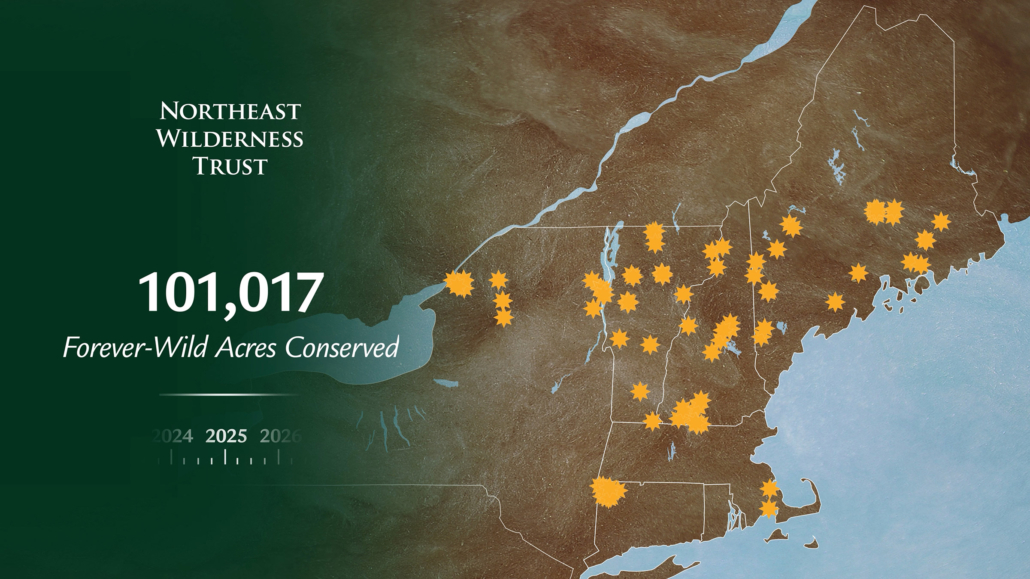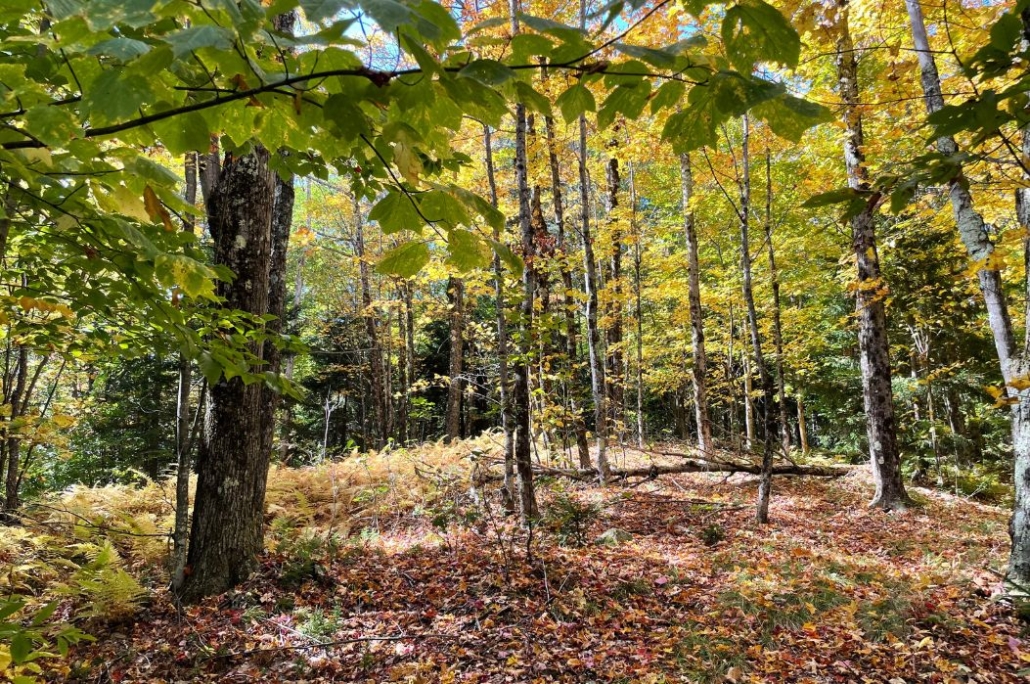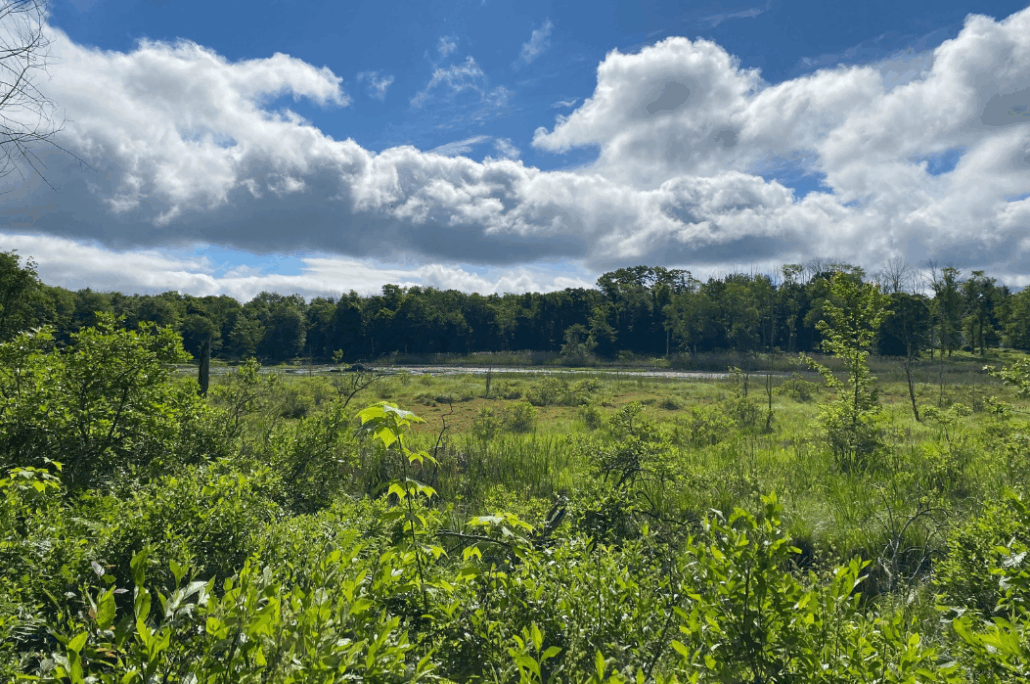257 Acres of Wetlands, River Frontage, and Forests Protected in a Critical Wildlife Corridor
Star Lake, NY— Northeast Wilderness Trust (NEWT), a regional land trust based in Montpelier, Vermont, announced today that it has conserved 257 acres of prime wildlife habitat just north of the Adirondack Park’s Five Ponds Wilderness Area. The newly conserved Little River Wilderness Preserve in Star Lake, New York adds forever-wild acreage to the Algonquin to Adirondacks (A2A) wildlife corridor connecting Ontario’s Algonquin Park with the Adirondacks.
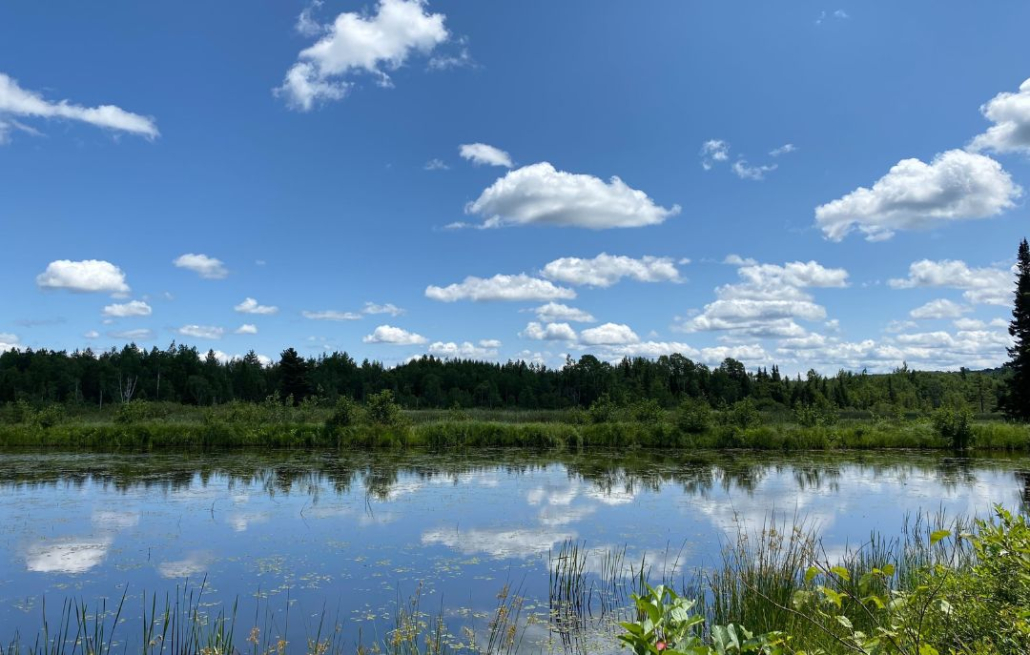
“Little River’s 257 acres carry outsized ecological and conservation significance,” said Jon Leibowitz, President and CEO of Northeast Wilderness Trust. “This Preserve’s plentiful wetlands, sustained by a healthy beaver population, provide habitat for an array of plant and animal species. With its shared border with the Five Ponds Wilderness Area, Little River builds on one of the wildest regions of the Adirondack Park, which is among the most successful landscape-scale rewilding projects in modern history and an enduring inspiration for our work at Northeast Wilderness Trust.”
The Little River Wilderness Preserve is shaped by water. As suggested by its name, the property includes about half a mile of the Little River, which flows through the Preserve’s southeast corner. In this area and others are more than 70 acres of wetlands, many of which are maintained by beavers. Speckled alder, black spruce, and balsam fir abound in these waterlogged areas, while Great Blue Herons stalk prey along shores thick with species like blue flag iris and swamp candles. The Preserve’s abundant water has also helped to discourage development and extraction, leaving the wetland complexes in excellent ecological shape.
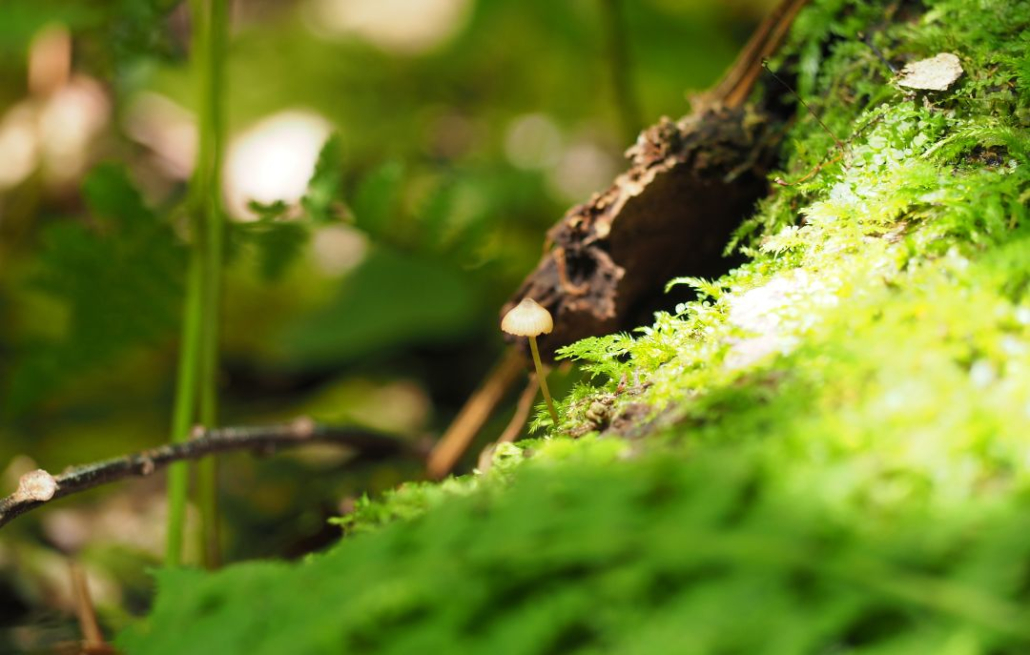
A 1,534-foot summit at the center of the property is home to impressive upland forests, bedrock outcroppings, and a steep escarpment. From this vantage point, one can look south and see the Little River and, beyond, the Five Ponds Wilderness Area. This remote region of the Adirondack Park hosts stands of old, uncut forest, a rarity for the Northeast. With the Preserve now protected as forever wild, Little River’s upland forests, as well as the property’s lower-altitude Northern Hardwood Forest communities of sugar maple, hobblebush, red trillium, and other species, will also have the freedom to grow old.
As the climate changes, species like moose, snowshoe hare, and fisher will need to move north to access suitable habitat and adapt to ecosystem shifts associated with rising temperatures and boom-and-bust precipitation patterns. Forever-wild protection of the Little River Wilderness Preserve adds a vital piece to the A2A corridor and bolsters efforts to connect the landscapes and ecosystems of the Northeast, where only about 5% of the region is conserved as forever-wild.
“When large parcels like the Little River Wilderness Preserve are protected, it’s a win,” said Jackie Bowen, Conservation Director for the Adirondack Council, a frequent NEWT partner. “And when these parcels are connected to protected public lands, it’s a big win. Linking these landscapes means expanded corridors for wildlife movement and migration, and a boost for the ecological processes that support clean water and resilient forests in the Adirondack Park. NEWT’s purchase and management of this tract ensures the parcel and its connection are guaranteed lasting protection.”
About Northeast Wilderness Trust: Northeast Wilderness Trust conserves forever-wild landscapes for Nature and people. It accomplishes this work by acquiring and stewarding land as forever-wild, and by holding forever-wild conservation easements on properties owned by other organizations or individuals. Across New England and New York, the Wilderness Trust secures wild places where Nature can thrive, wildlife can wander, and people can find beauty and quiet. Since its founding in 2002, Northeast Wilderness Trust has protected more than 92,000 forever-wild acres. Learn more at www.newildernesstrust.org.


